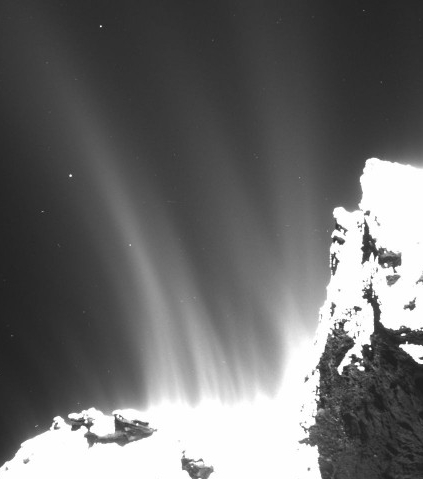Privately-built weather satellite constellation to be built
The competition heats up: A private company, dubbed Spire, has announced its intention to launch a 20-satellite constellation of weather satellites, all cubesats, by the end of 2015.
Spire raised $25 million in Series A funding during the summer of 2014, bringing its total amount to $29 million. The company already has customers in a variety of verticals, but Platzer said weather was planned to be a focus from the company’s inception.
…With the U.S. National Oceanographic and Atmospheric Administration (NOAA) facing an impending weather data gap, an increasing amount of focus has been placed on leveraging commercial options as well. Last year NOAA issued a Request for Information (RFI) on RO that piqued interest from the commercial sector. Congress has also urged the agency to leverage private sector capabilities.
For years I argued that there is no justification for the federal government to provide free weather satellite data to private companies like the Weather Channel. There is more than enough profit to be made tracking and predicting the weather for these companies to launch their own orbiting networks, just as the television and communications industries do. Thus, it is good to see a new start-up take advantage of this need and to push to make a business out of it.
The competition heats up: A private company, dubbed Spire, has announced its intention to launch a 20-satellite constellation of weather satellites, all cubesats, by the end of 2015.
Spire raised $25 million in Series A funding during the summer of 2014, bringing its total amount to $29 million. The company already has customers in a variety of verticals, but Platzer said weather was planned to be a focus from the company’s inception.
…With the U.S. National Oceanographic and Atmospheric Administration (NOAA) facing an impending weather data gap, an increasing amount of focus has been placed on leveraging commercial options as well. Last year NOAA issued a Request for Information (RFI) on RO that piqued interest from the commercial sector. Congress has also urged the agency to leverage private sector capabilities.
For years I argued that there is no justification for the federal government to provide free weather satellite data to private companies like the Weather Channel. There is more than enough profit to be made tracking and predicting the weather for these companies to launch their own orbiting networks, just as the television and communications industries do. Thus, it is good to see a new start-up take advantage of this need and to push to make a business out of it.

